Ashtanga Yoga is a personal practice in which structure helps you to get into the flow. Curious how? Get a glimpse of Asthanga here!
Ashtanga Yoga consists of a fixed series of postures that you perform daily as a self practice, at home or in the early hours at the yoga school. Curious about what makes this yoga form so unique? Here you can read what practicing Ashtanga means!
What is Ashtanga Yoga?
Ashtanga is a yoga form developed by Pattabhi Jois and inspired by the vinyasa approach of his teacher Krishnamacharya. Krishnamacharya added transitional movements or vinyasas to the fixed hatha yoga postures, making the practice a lot more dynamic. Jois then made those flows part of his yoga style, which is therefore also known as Ashtanga Vinyasa Yoga. Also, both yogis worked in the Mysore region of India and taught group classes tailored to each student’s level which is a distinctive teaching style. This is why many people call the form Ashtanga Mysore Style.
Basic Ashtanga Yoga Asanas, the Six Series
When you start practicing Ashtanga, you learn a fixed series of asanas at your own pace. These are the same for everyone, only you work through them individually. During a mysore class where everyone comes to practice for themselves, the Ashtanga teacher gives you an appropriate portion of postures and helps you to perform them. Within Ashtanga you can learn six consecutive series, namely:
- Primary
- Intermediate
- Advanced, consisting of four separate series
Most people take years to complete the primary series, so chances are you’ll get the most out of that!
This is the Spiritual Basis of Ashtanga
The word ashtanga means Eight Limbs or Eightfold Path and is mentioned in the sutras of Patanjali. In his basic work on hatha yoga, Patanjali describes both spiritual precepts and asanas to train the body and mind. These eight parts or “limbs” are, according to him, the essence of yoga. Although the Ashtanga of Patthabi Jois builds on Patanjali, important points are added to the practice. The most important of these are:
- vinyasa
- tristhana
- bandha
Vinyasa
While performing the Asthanga series, you use transitional movements to move from one fixed pose to another. Such a transition series is called a vinyasa and contains parts of the Sun Salutation, a true yoga classic. Vinyasas are usually performed to the rhythm of the breath and ensure that you end up in the right place on your mat for the next pose. You can also consider them as a short cleansing. A moment of transition helps to consciously leave the previous pose behind and loosen up burning muscles!
Tristhana Training
Tristhana are three points of attention that apply throughout the exercise series: breathing (pranayama), physical posture (asana), and gaze (drishti). Ashtanga breathing exercises are meant to help your muscles in the poses and calm your mind. Focusing on the physical asana then ensures that you train body sense and memory. Finally, with a fixed viewing direction or drishti you dot the i’s and cross the t’s. Not only do these cues ensure that your posture is correct, but a focal point can also help maintain physical and mental balance in this challenging form of yoga!
The Meaning of the Bandhas
Bandhas are energetic locks or points of support in the body that according to yogis you can activate with controlled muscle tension. During Asthanga you practice with bandhas at the perineum, below the navel and at the level of your throat. These invisible seals are said to help maintain physical strength while performing challenging poses. You could also learn through bandhas how to direct life force or prana to support yourself mentally or emotionally.
Ashtanga Yoga Tips for Beginners
Do you want to start with Asthanga Yoga at a yoga school or through online classes? Then a couple of things are important:
- Select a Non-slip Mat
- Support Yourself with Bolsters, Blocks, and Belts
- Have Yoga Towels Ready
- Get Hydrated!
Although most schools have good equipment that you can use, it can be nice to buy your own gear. Sweating is a regular feature of this dynamic form of yoga and using your own mat is a good way to keep it hygienic. Moreover, most teachers encourage you to have a mysore moment at home as well. In that case, you’d better have a good mat to use at home!
-
75% discount
Spiru TPE Yoga Mat Anthracite- Extra Thick – 6 mm – 183 x 61 cm
Original price was: €27,99.€6,99Current price is: €6,99. -
75% discount
Spiru Yoga Block EVA Foam Black Rectangular – 22 x 15 x 7.5 cm
Original price was: €5,99.€1,49Current price is: €1,49. -
75% discount
Spiru Gemstone Water Bottle Amazonite – 400 ml
Original price was: €25,99.€6,49Current price is: €6,49. -
75% discount
Yoga Belt with D-Ring Cotton Gray (183 cm)
Original price was: €4,99.€1,24Current price is: €1,24.
The Benefits of a Non-Slippery Exercise Mat
Make sure you have a grippy mat that you won’t slip on. According to users, variants of natural rubber or synthetic rubber (TPE) are the best against sweat. In addition, they become stiffer with use and are easy to clean with a yoga mat spray.
The Pros of Solid Support
Props that help you get into (relaxation) positions are also not just a luxury during Ashtanga yoga. For example, a cork or foam yoga block can support you in bends or stretches where you just don’t touch the floor. Trying a twist or seated bend that you just can’t reach? Yoga belts are a great way of making your reach longer until you build enough flexibility yourself. A Yoga Bolster or Meditation Cushion offers a somewhat softer support than a block, because they mold to your body. Nice to calmly get into challenging asanas or to rest comfortably after your Mysore session!
Find All of Our Yoga Products Here
Yoga Towels
Ashtanga yoga is a physically demanding form of yoga, and you will get sweaty! A good yoga towel can, of course, be used to dry off during your practice, but they are also a perfect fit on top of your mat for extra dryness while practicing. This is especially nice during seated asanas. Additionally, because unlike a bath towel they are made from micro fibers, they dry quickly fold up very small so you can just throw them in your yoga bag after class without worry.
Water Bottle
Did we mention that you’re going to sweat??? While drinking during yoga isn’t recommended, it’s important to be well hydrated before and after. Ashtanga yoga is a not only a physical practice, but also a mental and spiritual one. Many people who practice it also follow ayurveda, a health practice to balance your body. Drinking from a Copper Water Bottle is highly recommended for this! But if your more interested in enhancing your own vibrations, maybe Gemstone Water with a crystal perfectly suited to yourself would be better. No matter what you choose, make sure it’s sustainable, because after all, yoga is first and foremost about compassion and connection with all living beings.
Do you enjoy going to Yoga?
If you like active yoga forms, then Power Yoga and Bikram Yoga might be something for you. At Bikram, the temperature is turned nice and high, so that you sweat even more than you normally would. Cleansing your body is therefore top priority during Bikram Yoga! By the way, letting go of waste can also simply be done through deep relaxation. If you are looking for that, take a look at Yoga Nidra or Mantera Meditation with Malas. Relaxation guaranteed! Namasté
-
60% discount
Yoga Mini Neck Bolster Blue Round Cotton – 34 x 10 x 10 cm
Original price was: €12,99.€5,19Current price is: €5,19. -
Spiru Yoga Block Eco Cork Ovoid – 30,5 x 12 x 7,5 cm
€13,99 -
75% discount
Yoga Belt with D-Ring Cotton Purple (183 cm)
Original price was: €4,99.€1,24Current price is: €1,24.
What’s you favorite yoga practice?



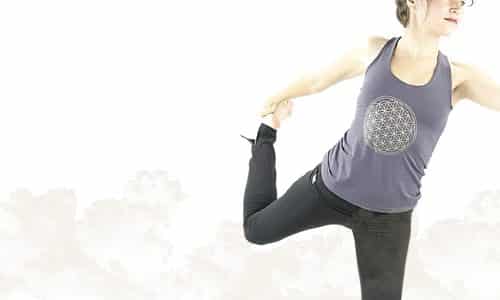
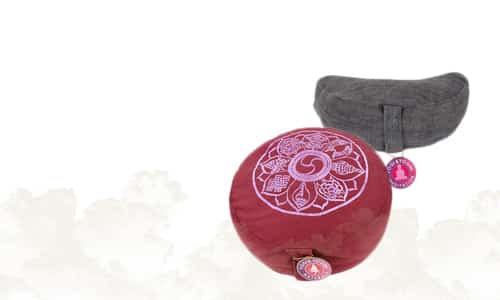
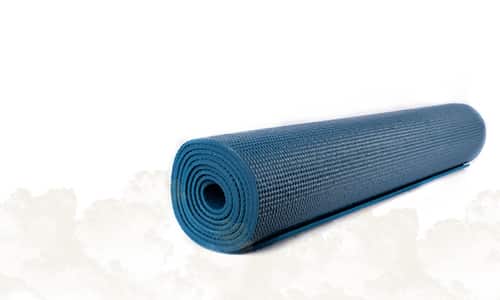
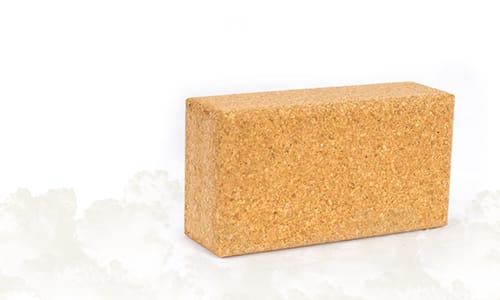

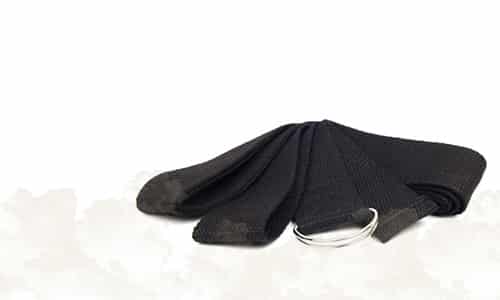
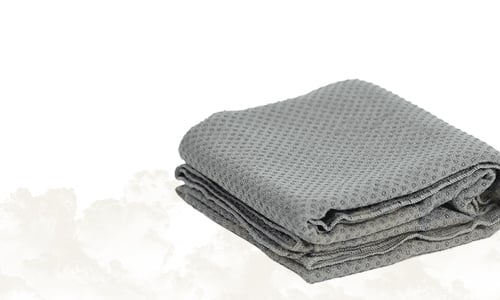

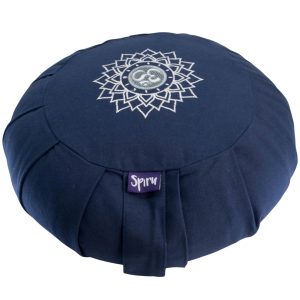
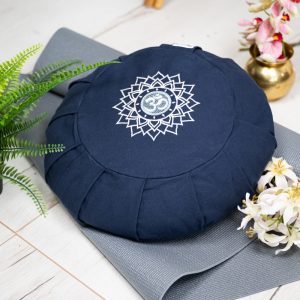
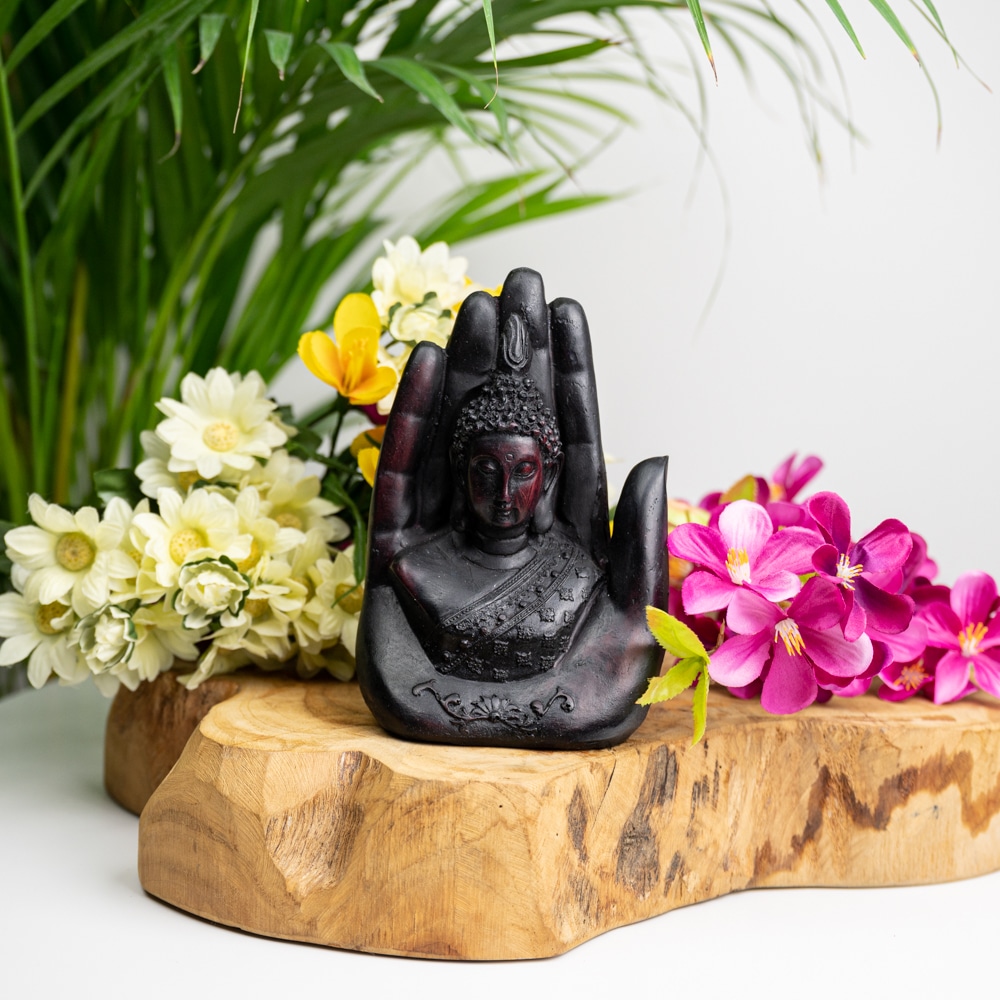
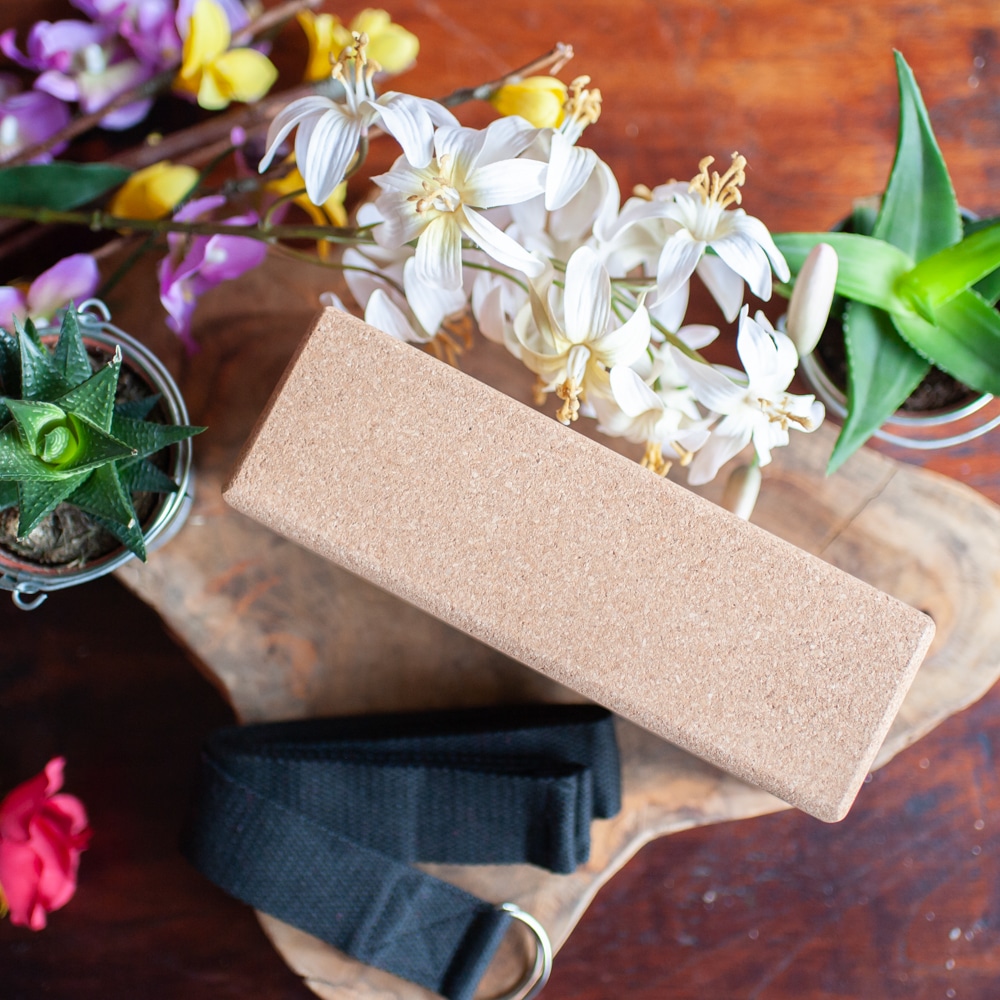
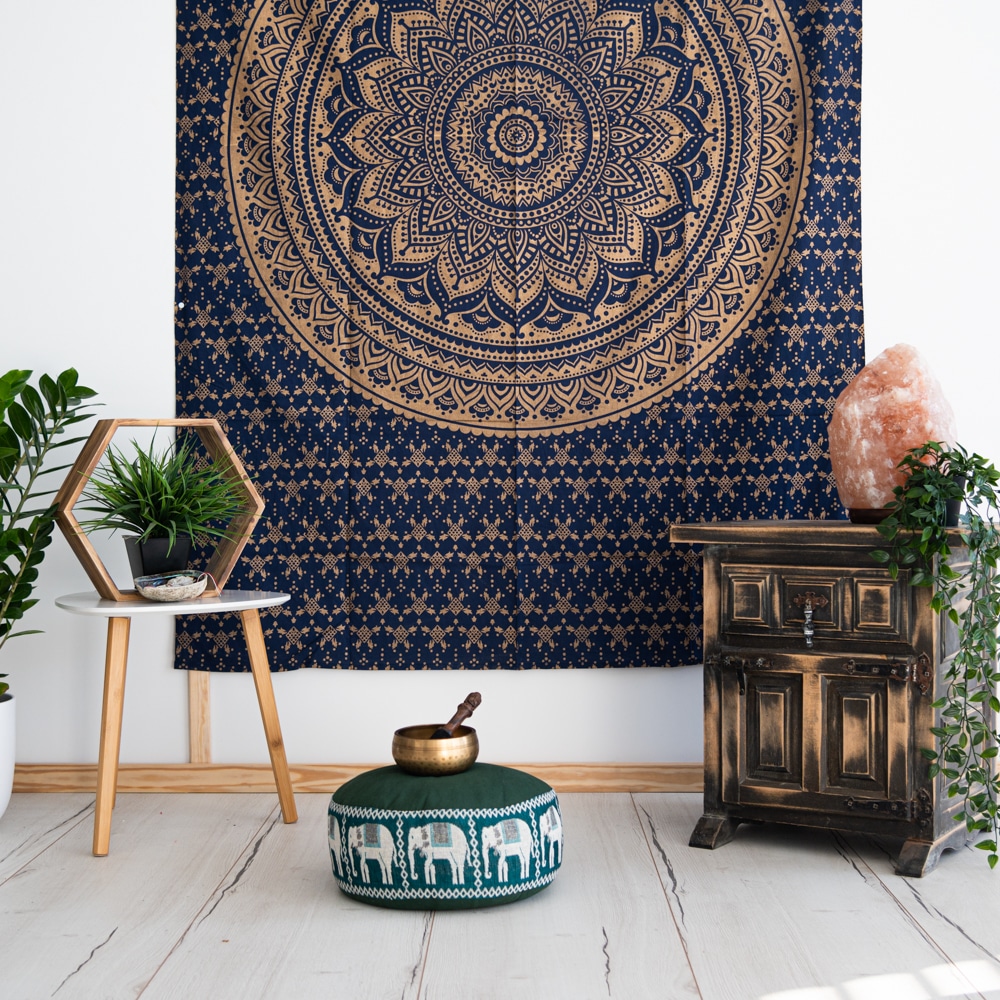
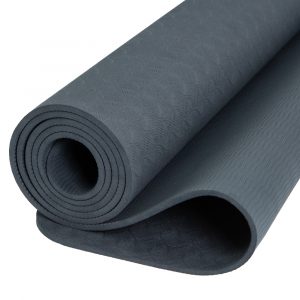
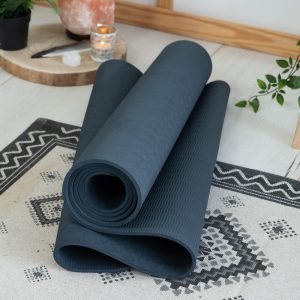
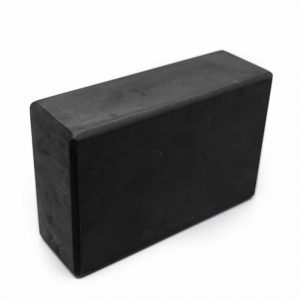
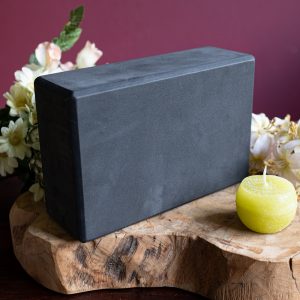
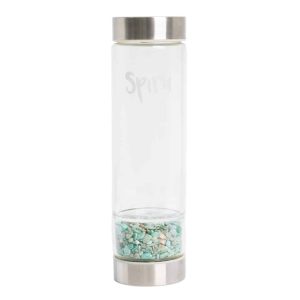
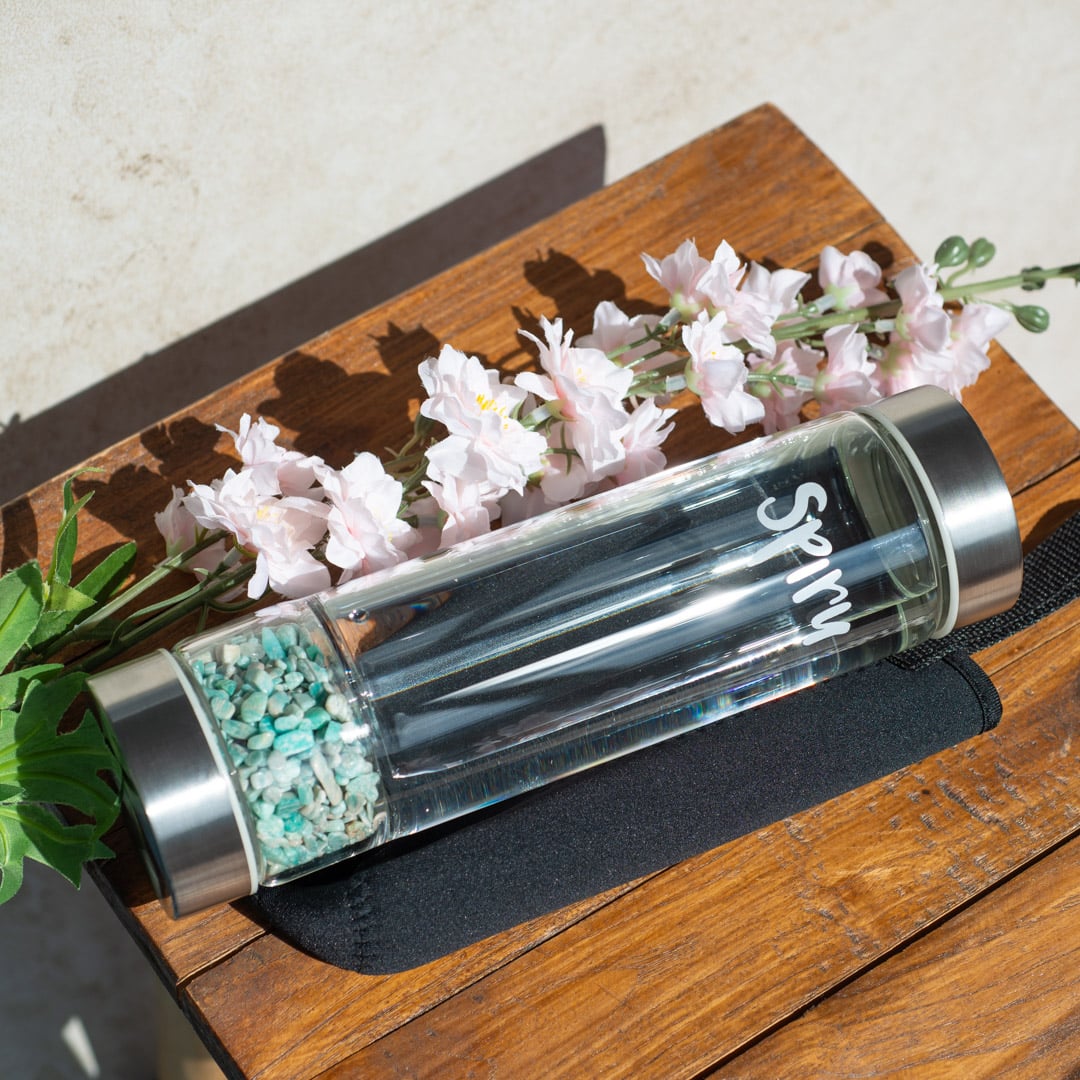
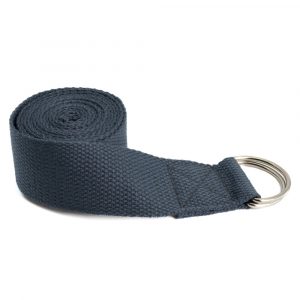
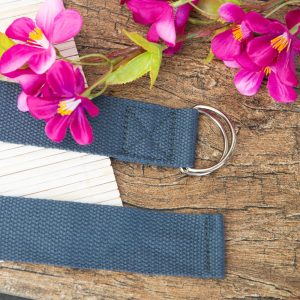
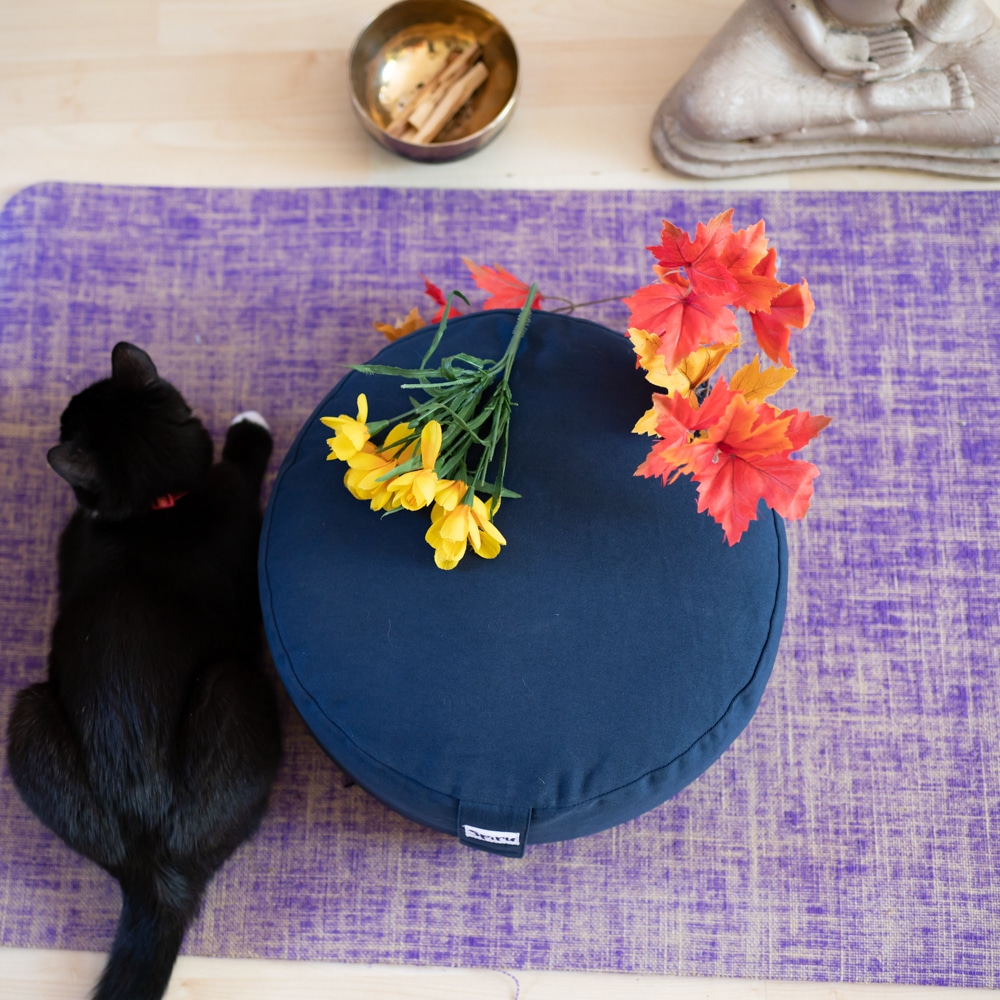
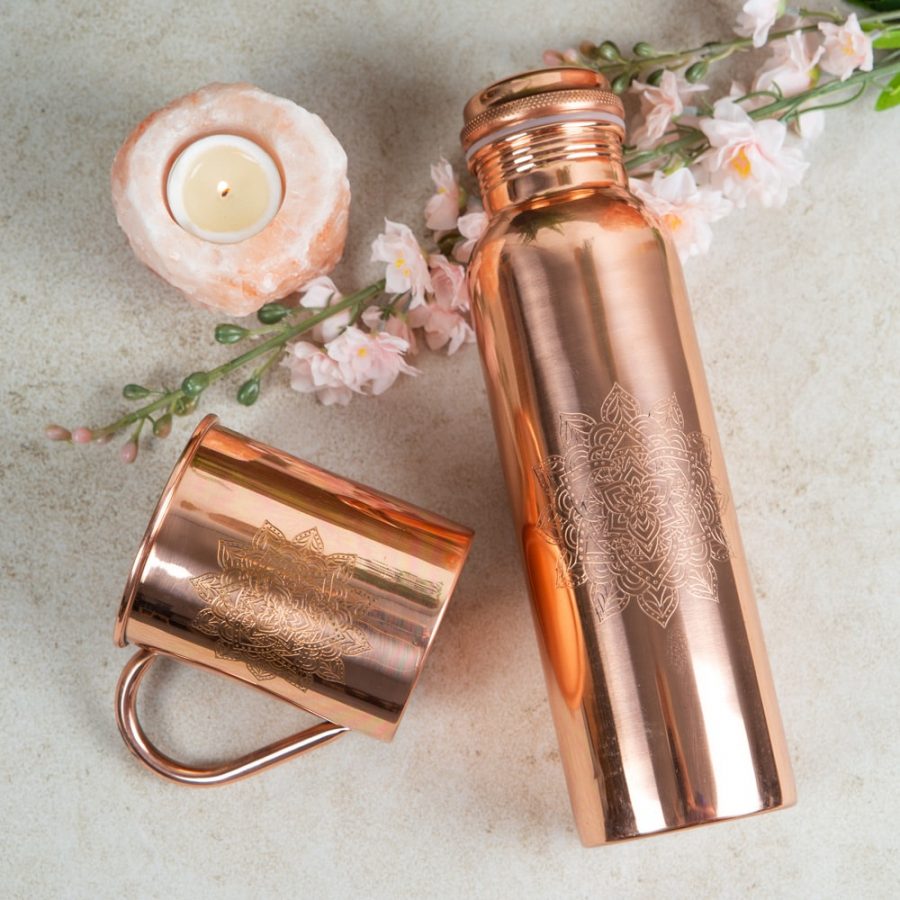
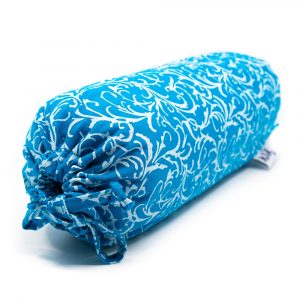
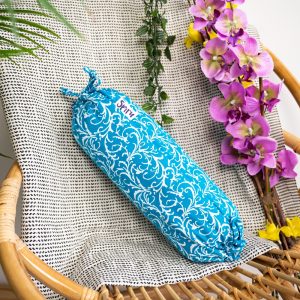
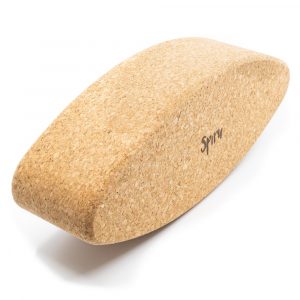

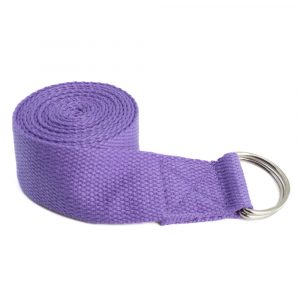
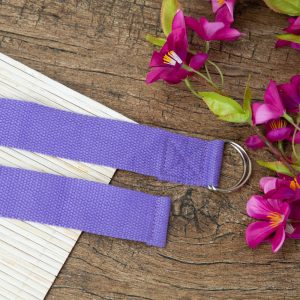
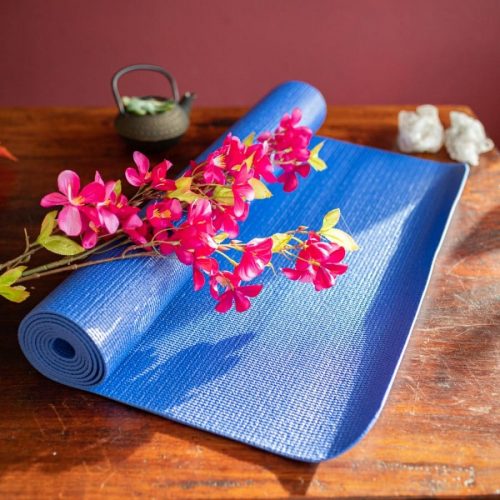
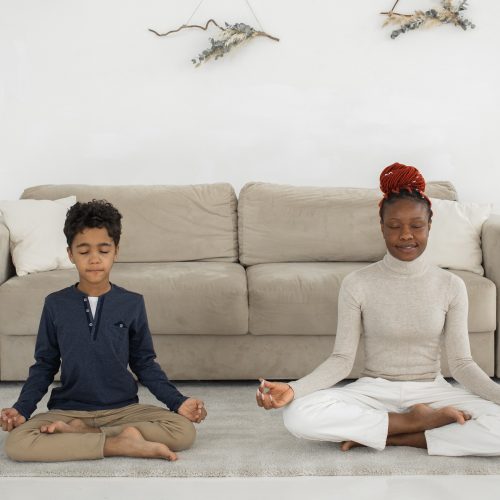
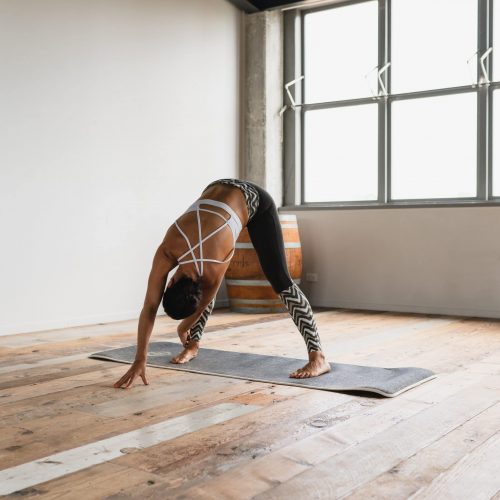

 Nederland
Nederland
 België
België
 Deutschland
Deutschland
 Europe
Europe
 España
España
 Sverige
Sverige
 Français
Français
Leave a Reply